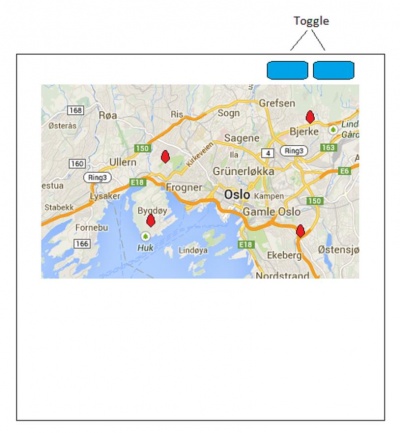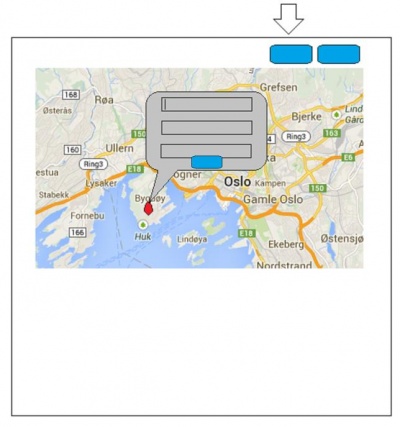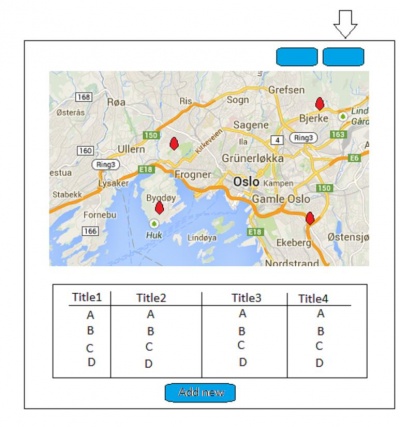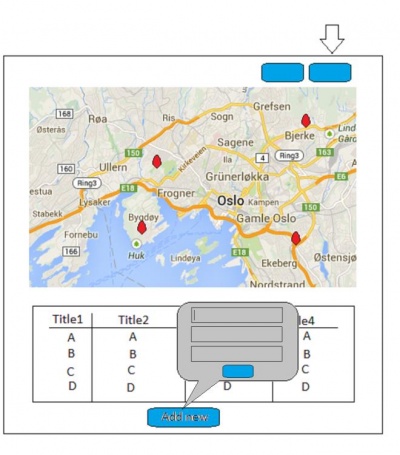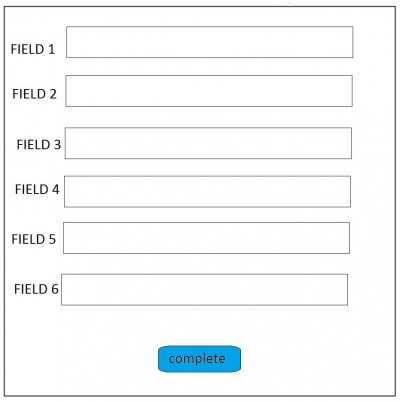Difference between revisions of "(APE) Geolocation data entry"
(→Milestones) |
|||
| Line 83: | Line 83: | ||
= Milestones<br> = | = Milestones<br> = | ||
| − | *Stage 1: <strike>Write about features, design and architecture</strike> | + | *Stage 1: <strike>Write about features, design and architecture, research DHIS</strike> |
| − | *Stage 2: Implement frontend with dummy data | + | *Stage 2: <strike>Implement frontend with dummy data</strike> |
*Stage 3: Link front end with DHIS through API calls | *Stage 3: Link front end with DHIS through API calls | ||
Revision as of 16:50, 14 November 2013
Contents
Team
- Alexander Eismont
- Peter Ludvik Eidsvik
- Eivind Lindbråten
Code: https://code.launchpad.net/~ape-inf5750
Features
Our Web and Mobile application will have the following features:
- show a map of the current location of the user
- let users choose a location
- fill out a form for "inpatient morbidity and mortality"
- let users save the location and the filled out form
- show all of the saved data on the map
Dividing the project work
...
Design
First view
This layout offers a map that contains all of the current events in this region. Hovering over an event marker gives us a box with information.
In this layout, we have two buttons available toggle two modes of input of new events.
First input mode
We can choose on the map where we want to make an event, and write the event information in a textbox there.
Second input mode
We retrieve a list of all events in this region, and we get a button, which enables us to add a new event to our current location. The way we enter data is similar to the first input mode, with a textbox. The essential difference between the two modes is that in the first one we may choose which location to add the event. The first one only registers your current location.
When the screen is too small/input parameter too large
When we cannot fit the textbox for adding event, we open a new window, which fills the screen with the input form. This works for both input modes.
Architecture
We will mainly rely on HTML/CSS and Jquery for this project. The Jquery framework will allow us to write code much faster and cleaner — we don't have to reinvent the weel each time we need a spesific function. Mainly for simple ajax calls and element selection.
Twitter Bootstrap is used for good and sensible default styling of elements as well as for some Javascript functionality, e.g. modal windows.
The map will be delivered by Google's Map API, and the data from DHIS will be requested by ajax calls and returned as Json data, which will populate our map and tables.
We will try to make our site responsive so it will look great on mobile, tablet and desktop devices.
Technologies
- HTML
- CSS
- JavaScript
- AJAX
- Json
- Twitter Bootstrap — for good styling of elements
- JQuery
- Google Maps API
Features
- Android application — using Cordova
- iPhone application — using Cordova
- Responsive web design — targeted for mobile and desktop screens
Milestones
- Stage 1:
Write about features, design and architecture, research DHIS - Stage 2:
Implement frontend with dummy data - Stage 3: Link front end with DHIS through API calls
